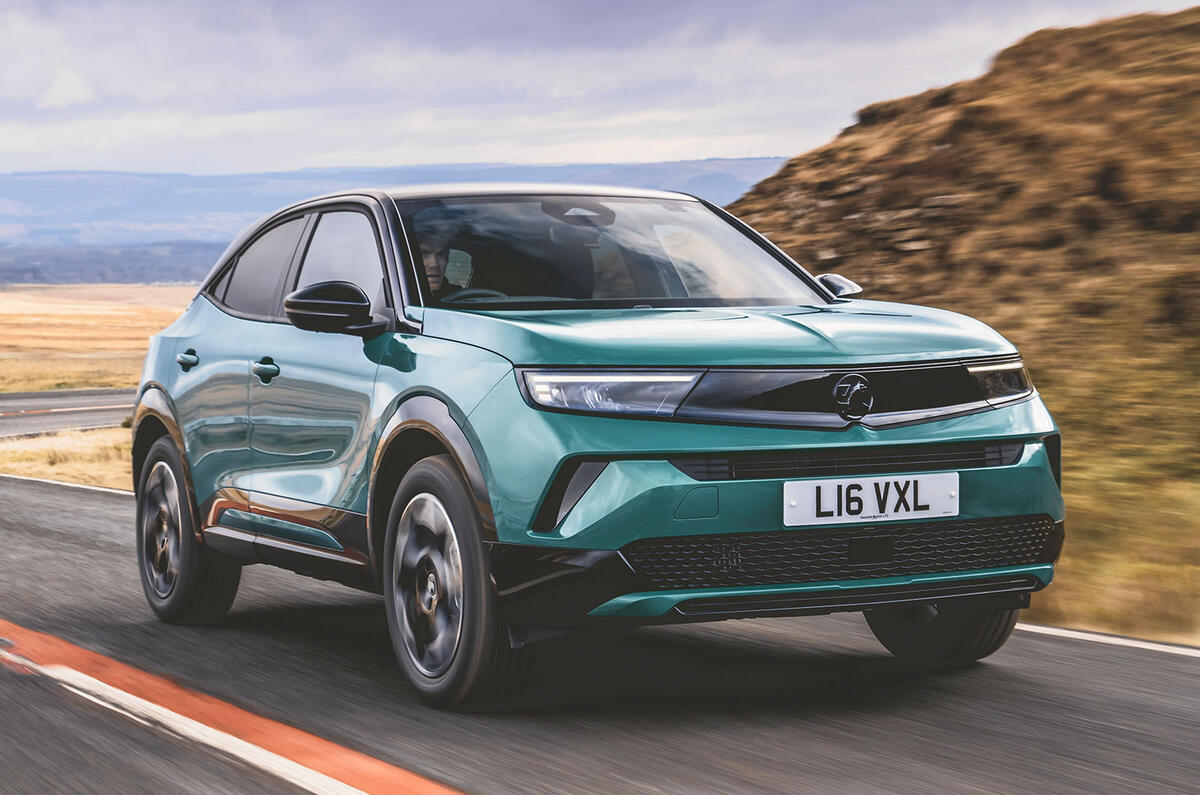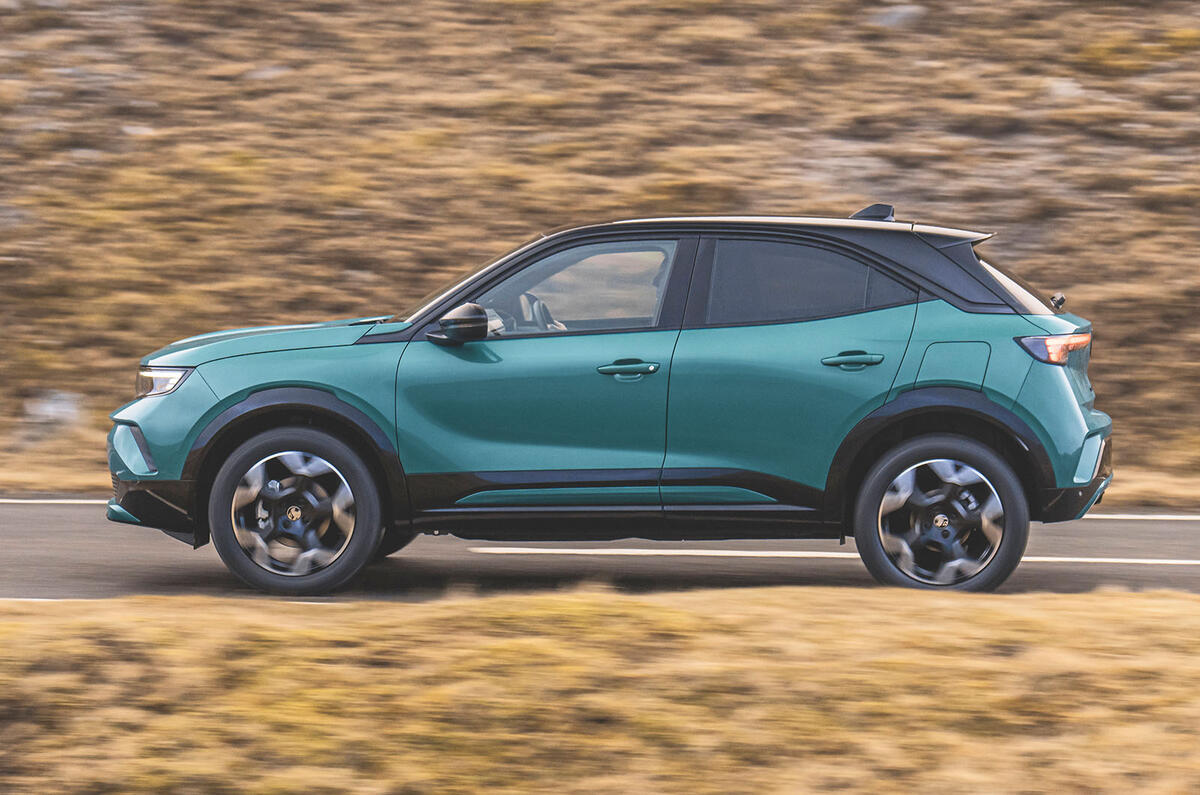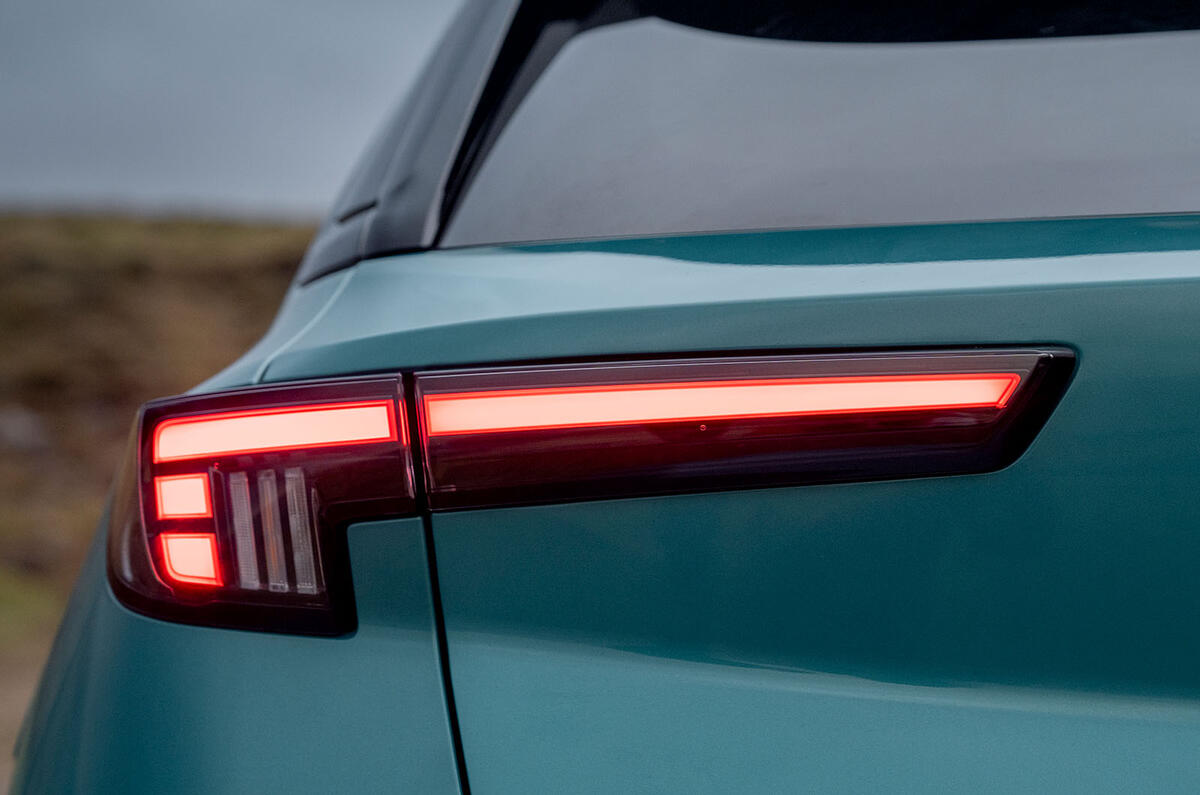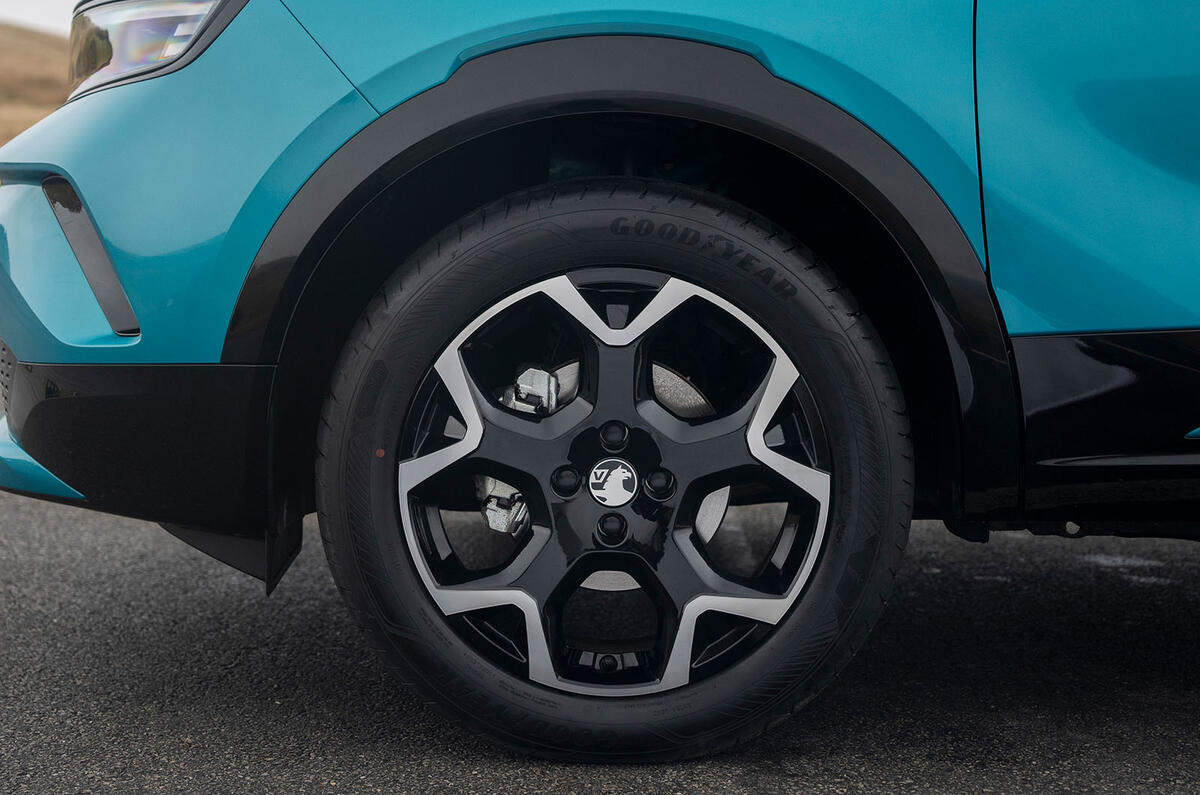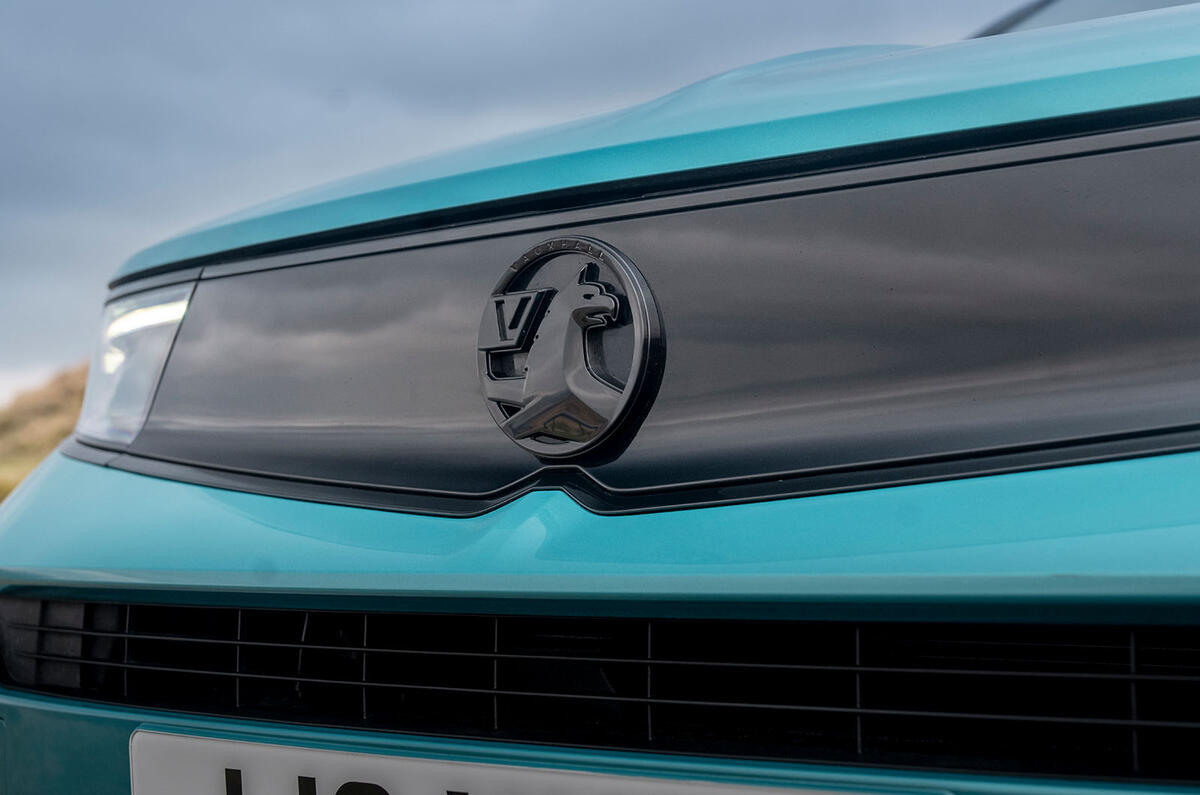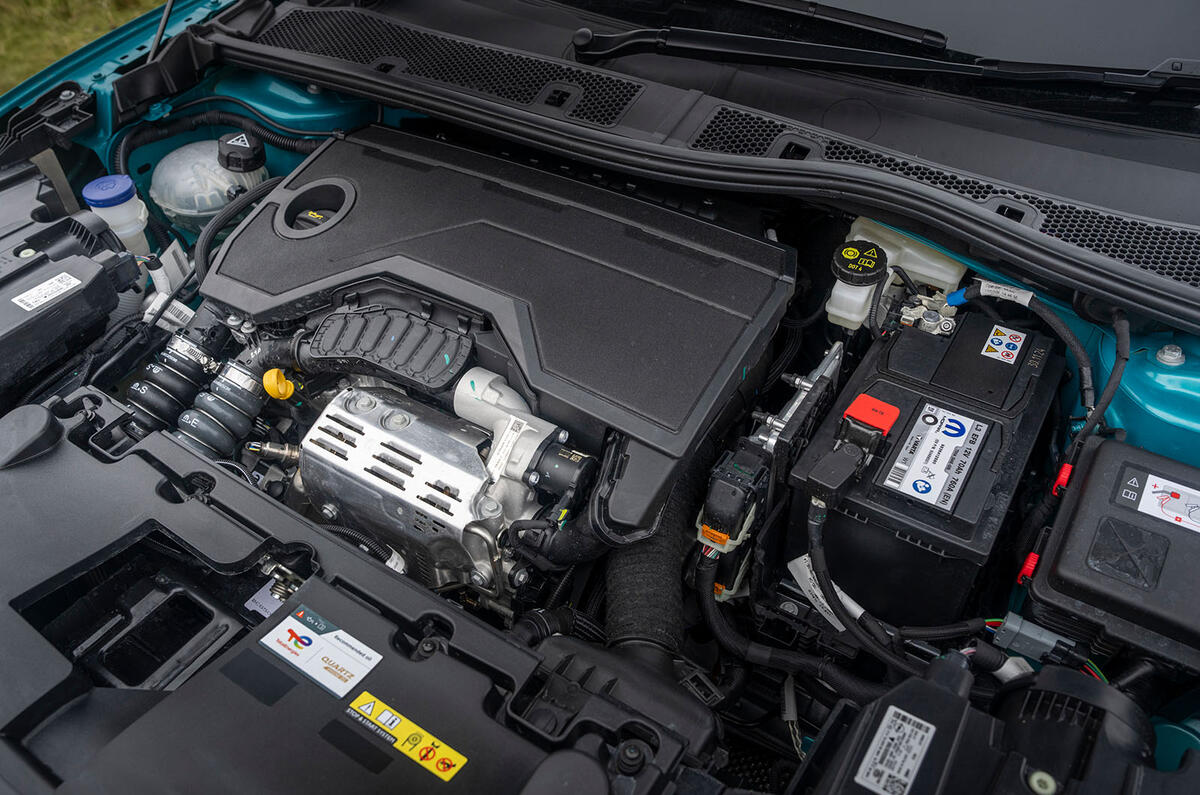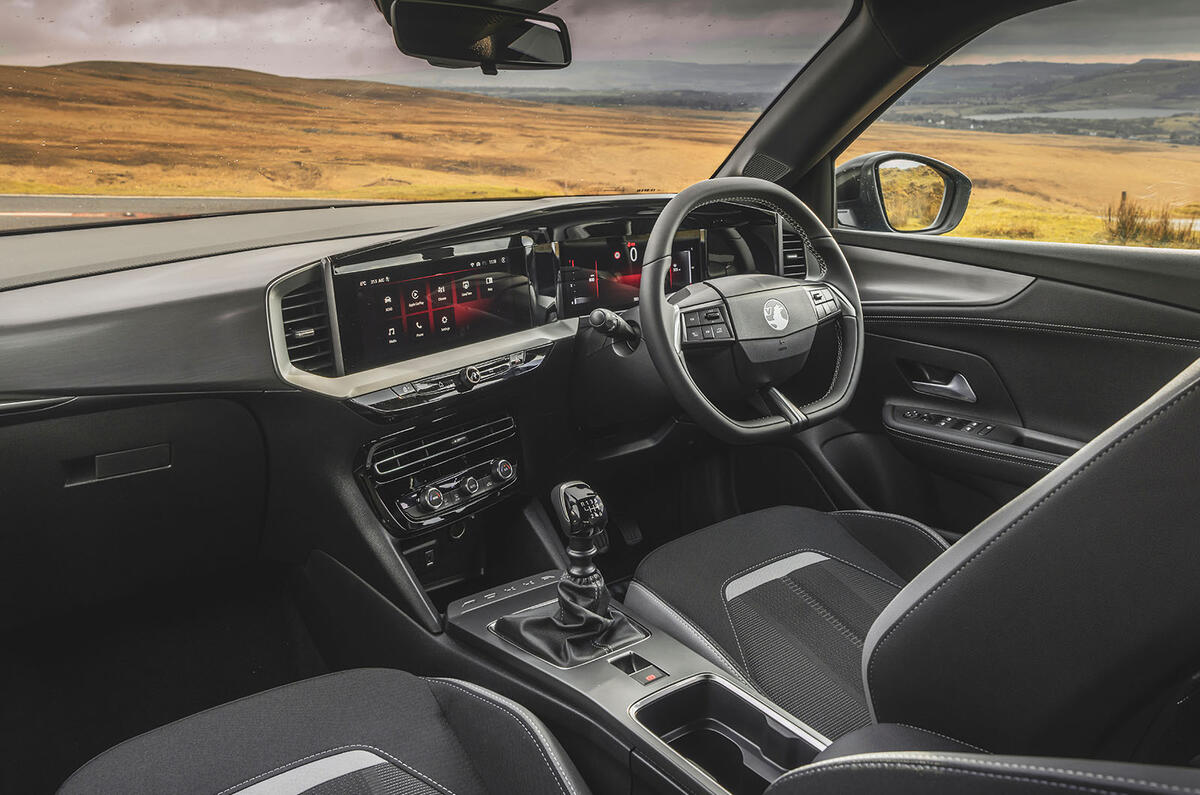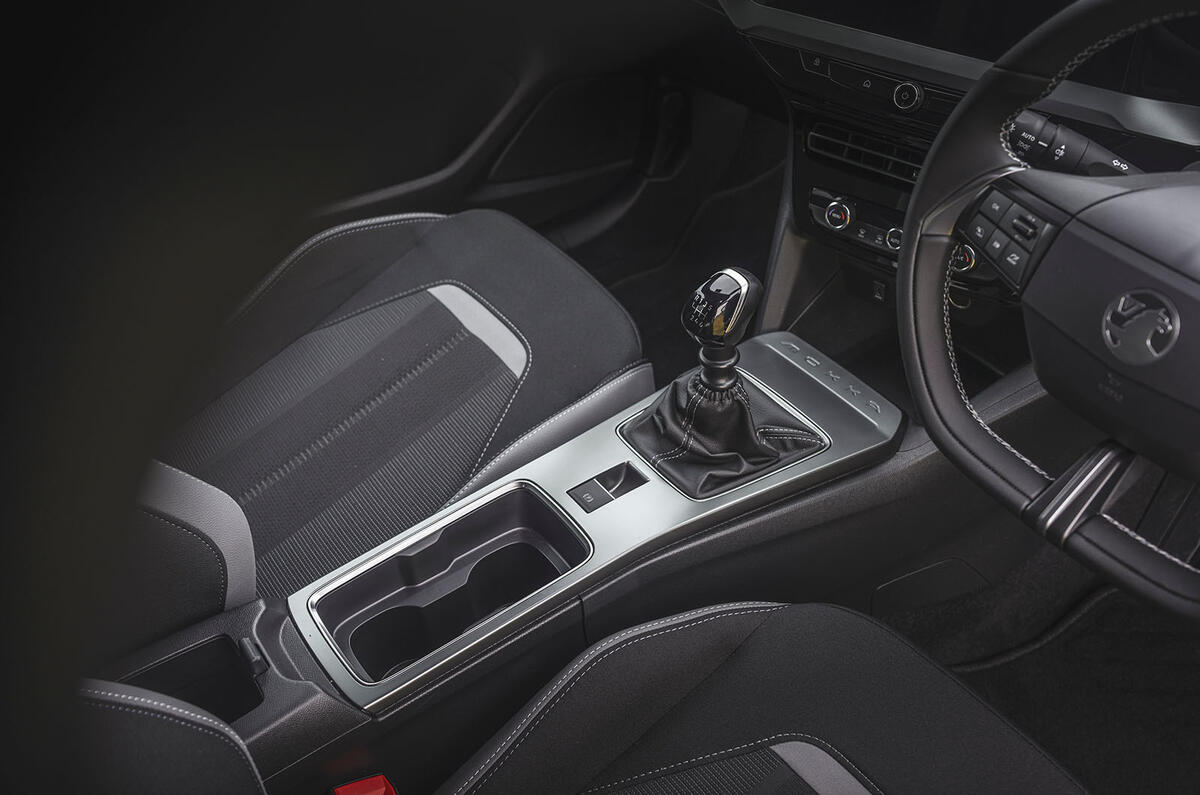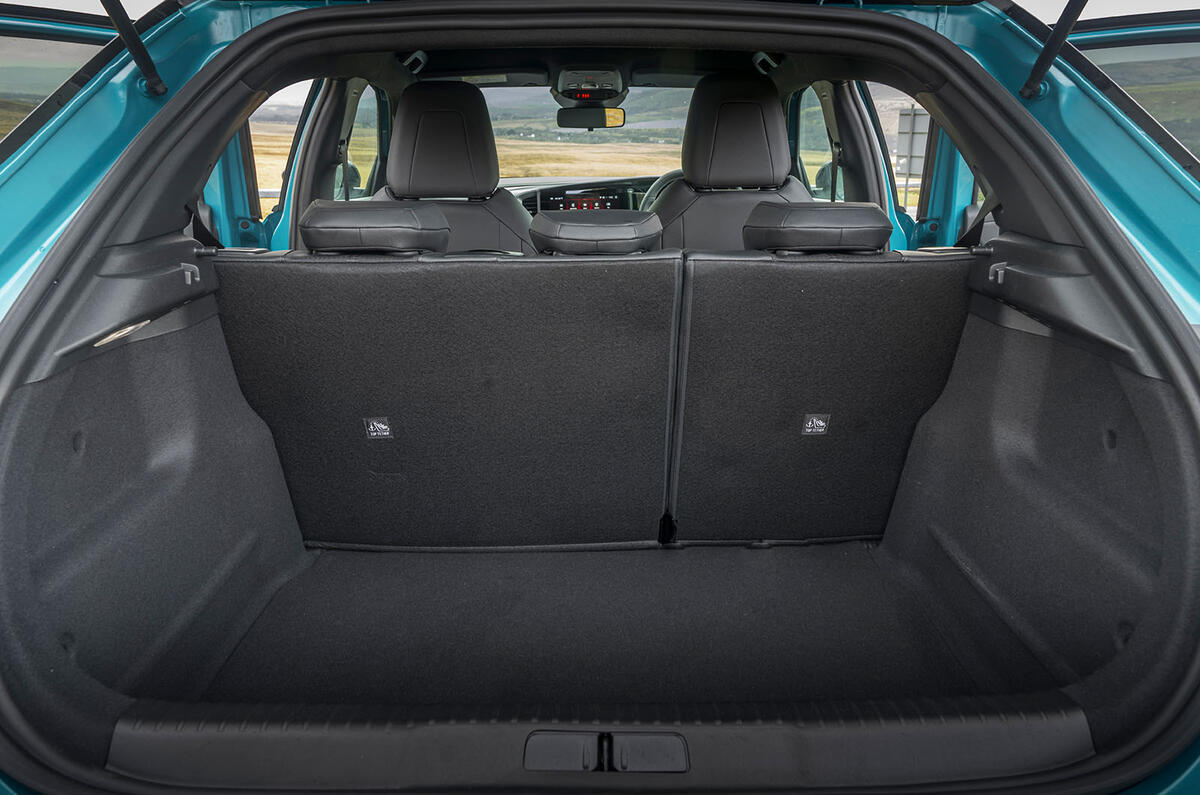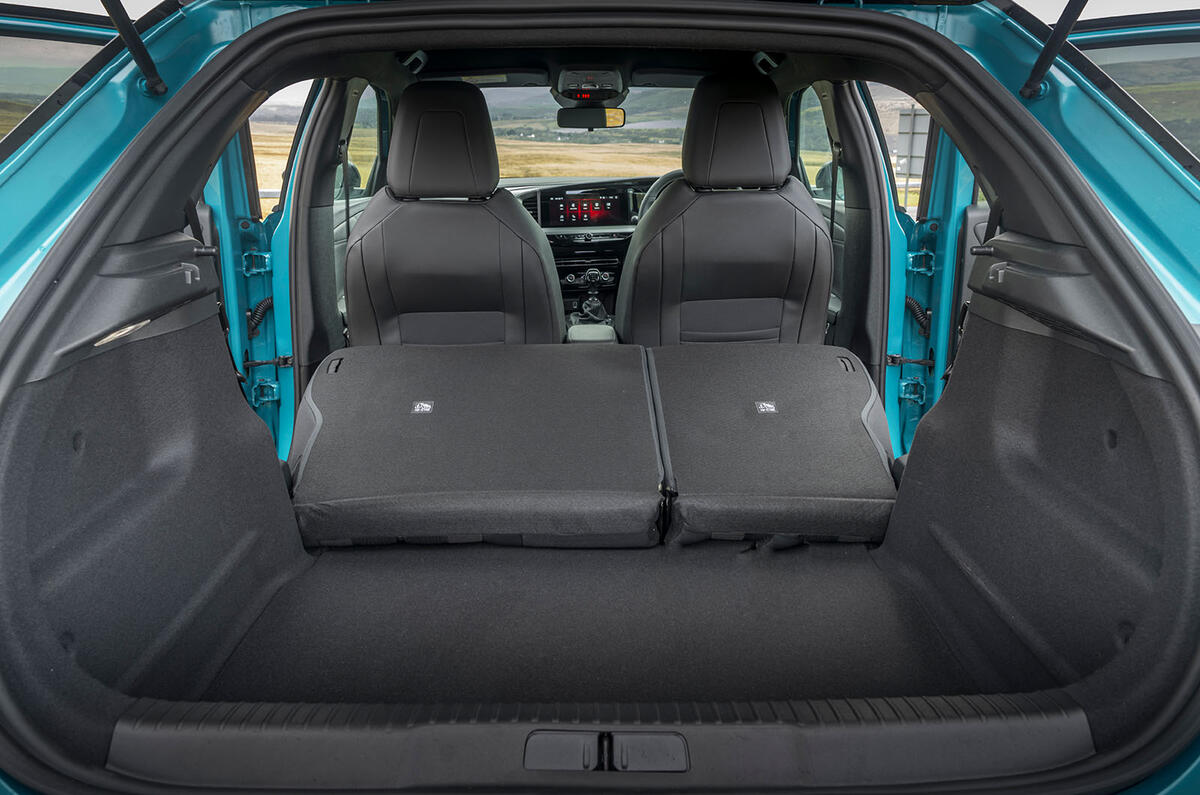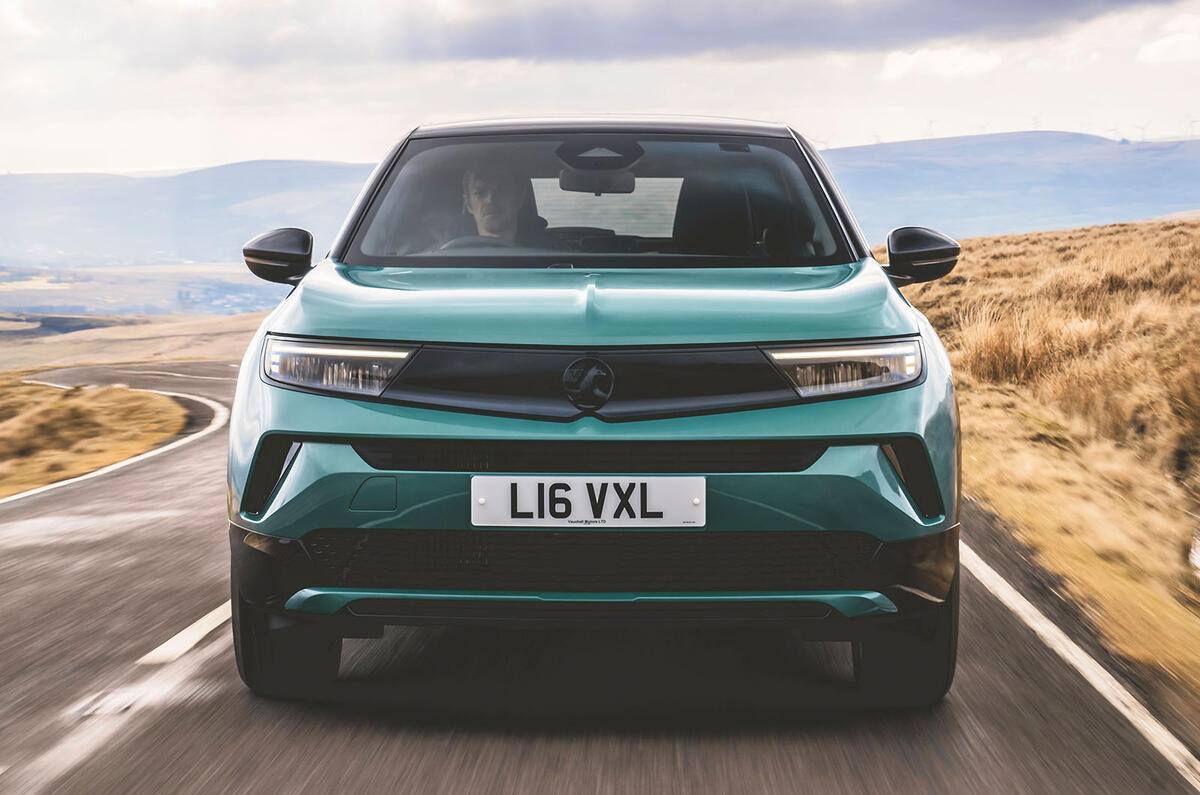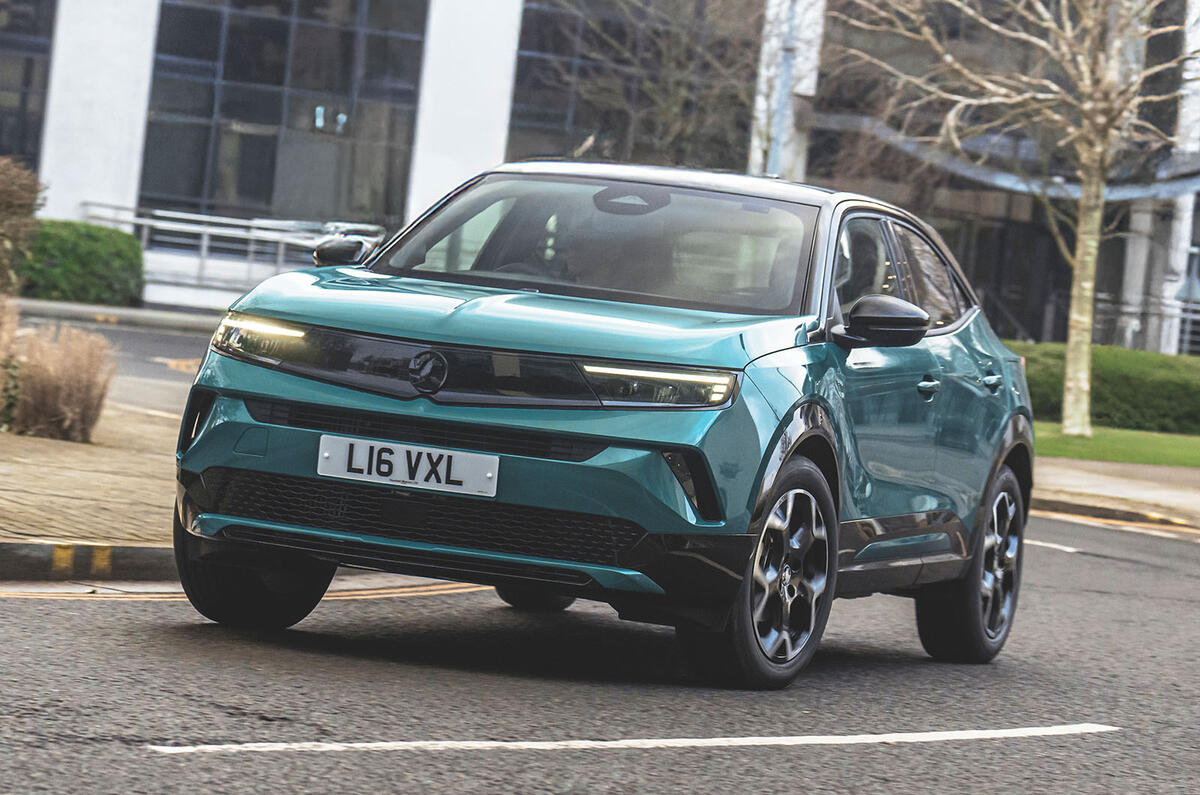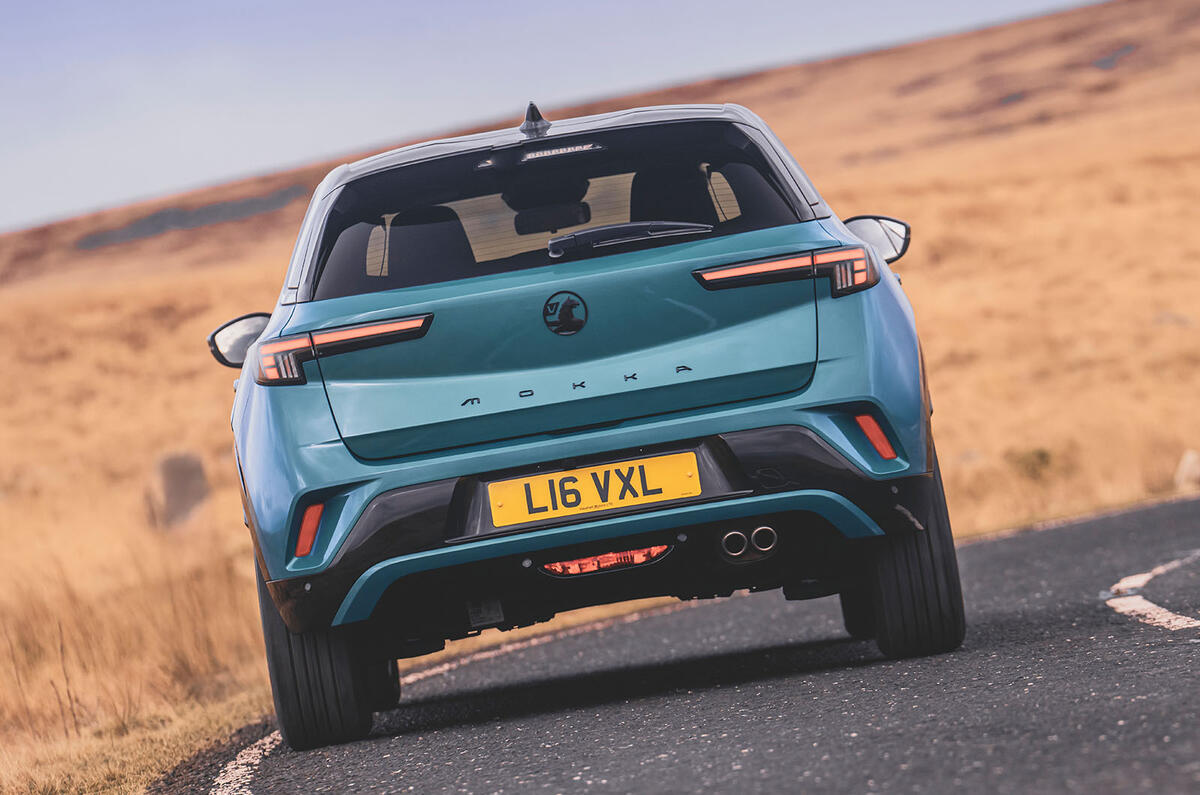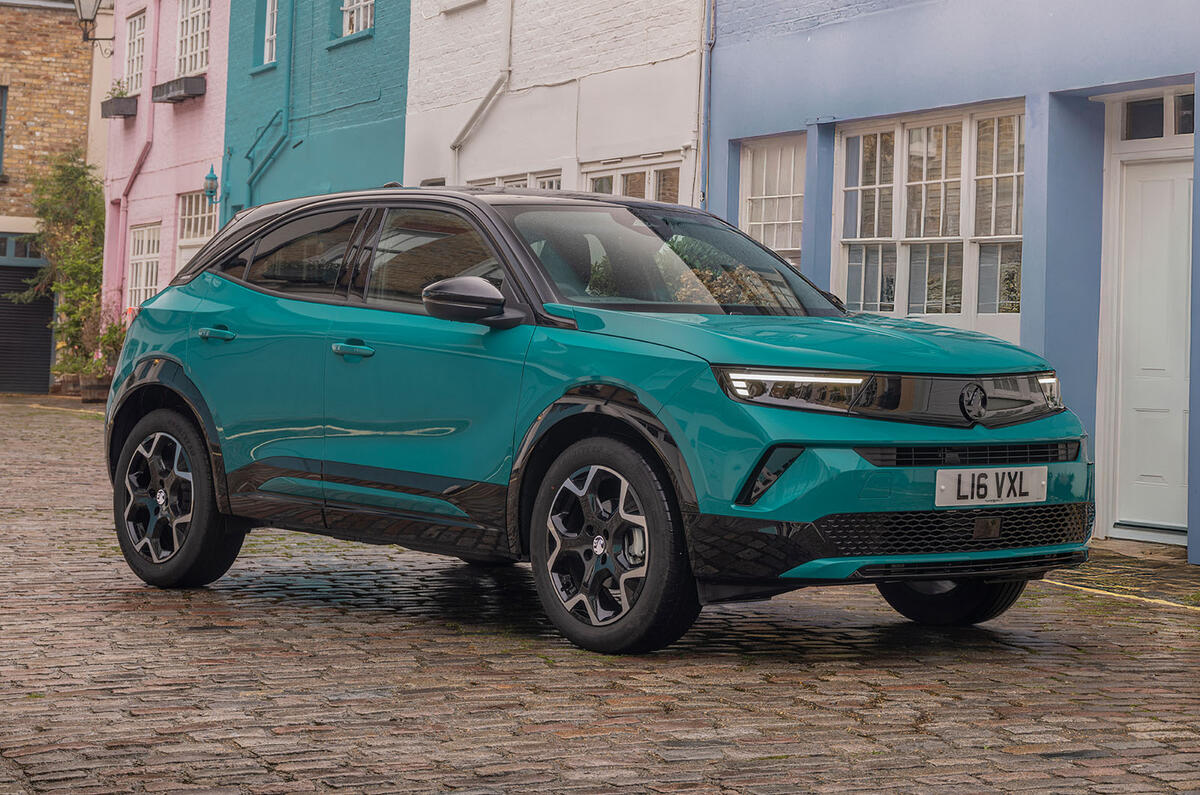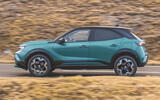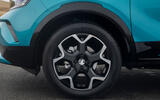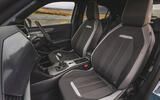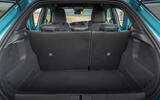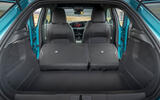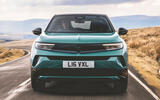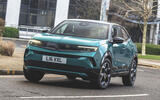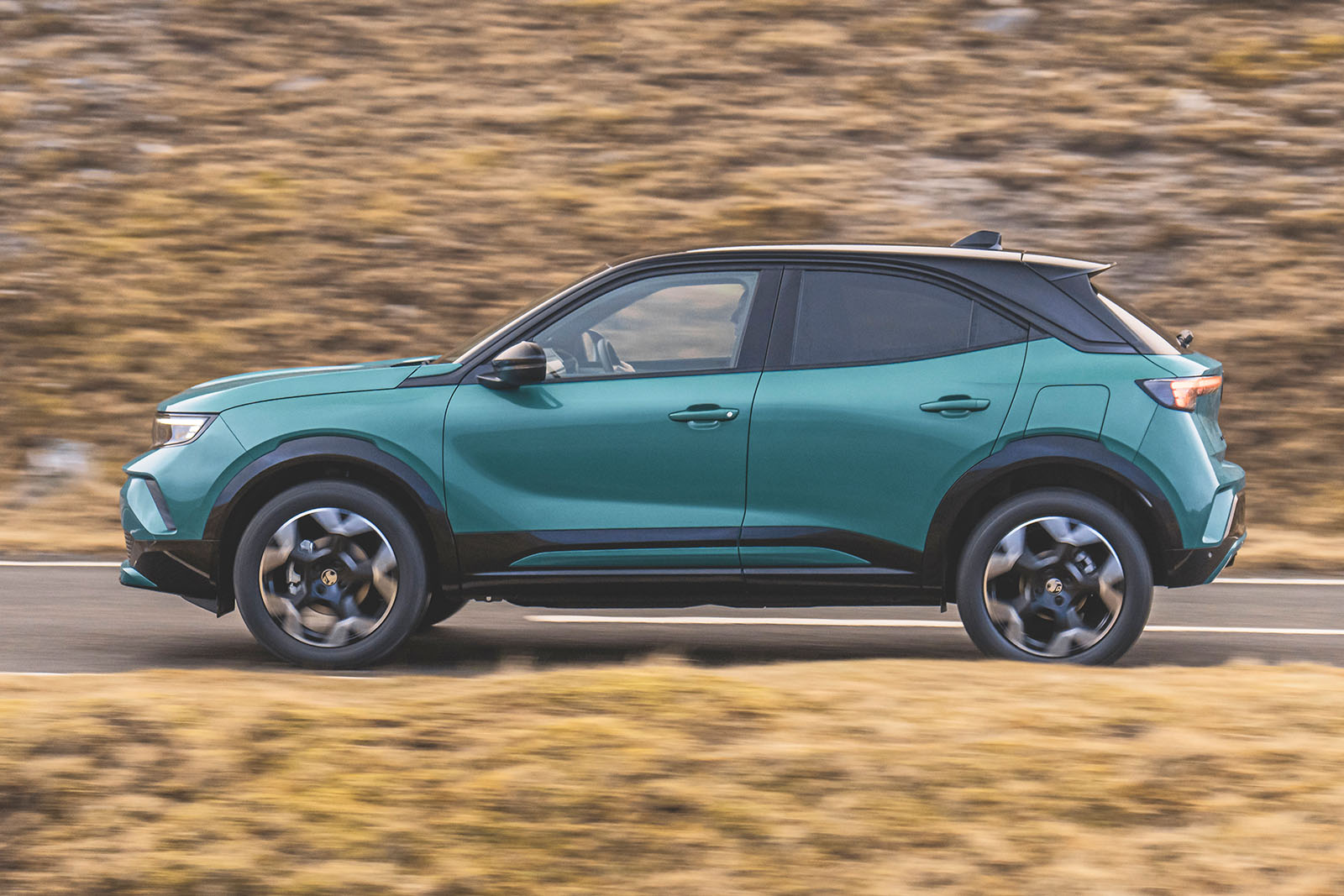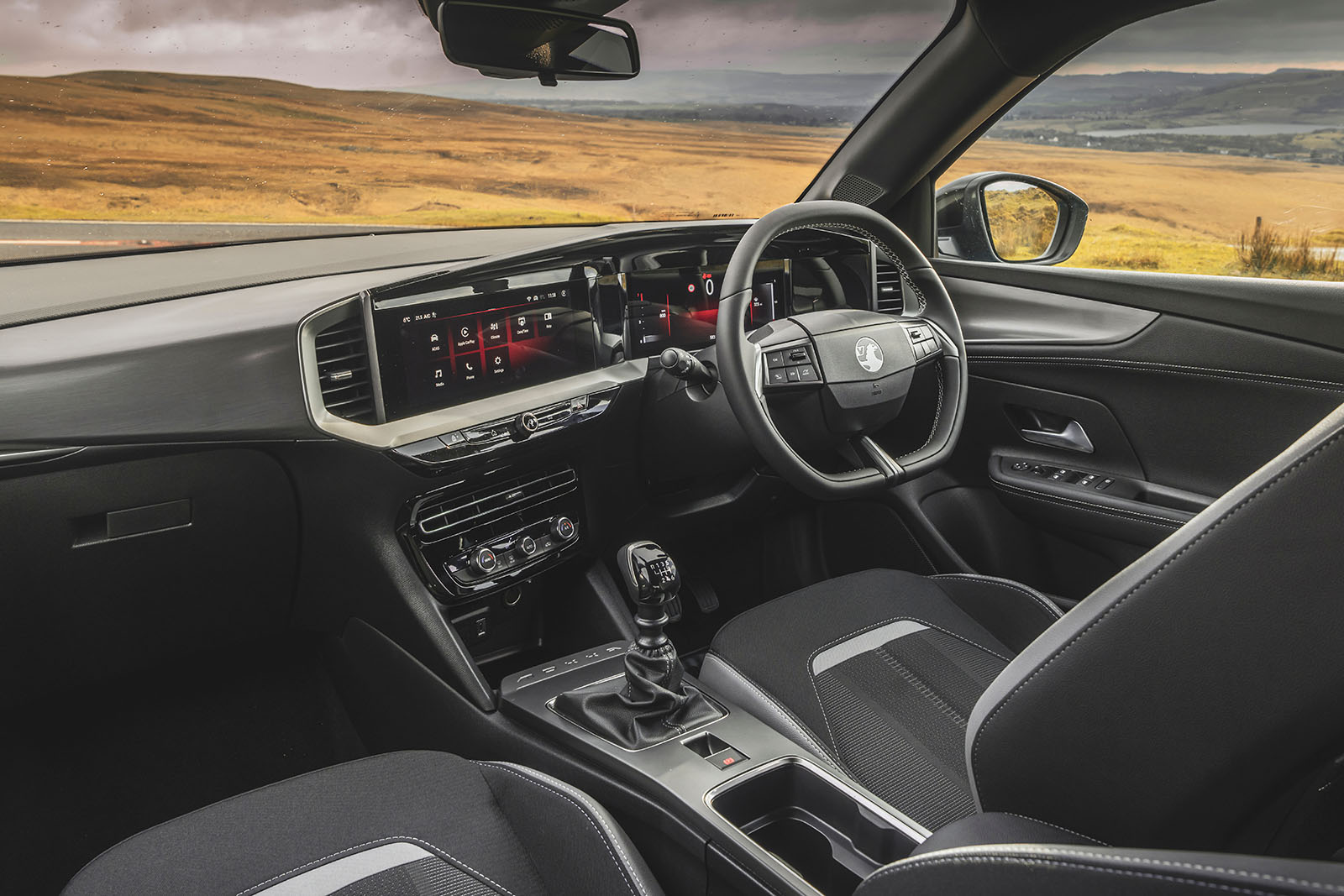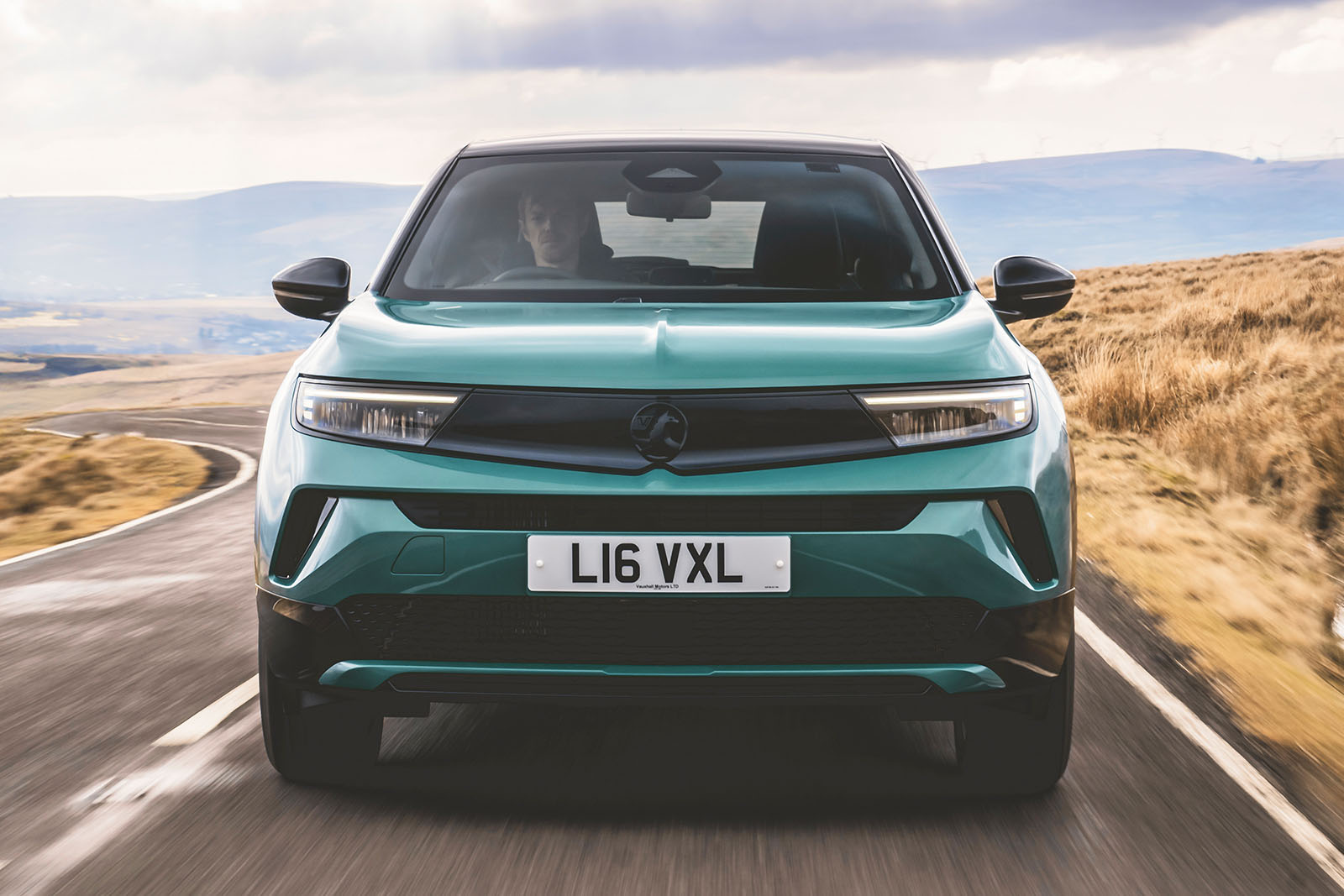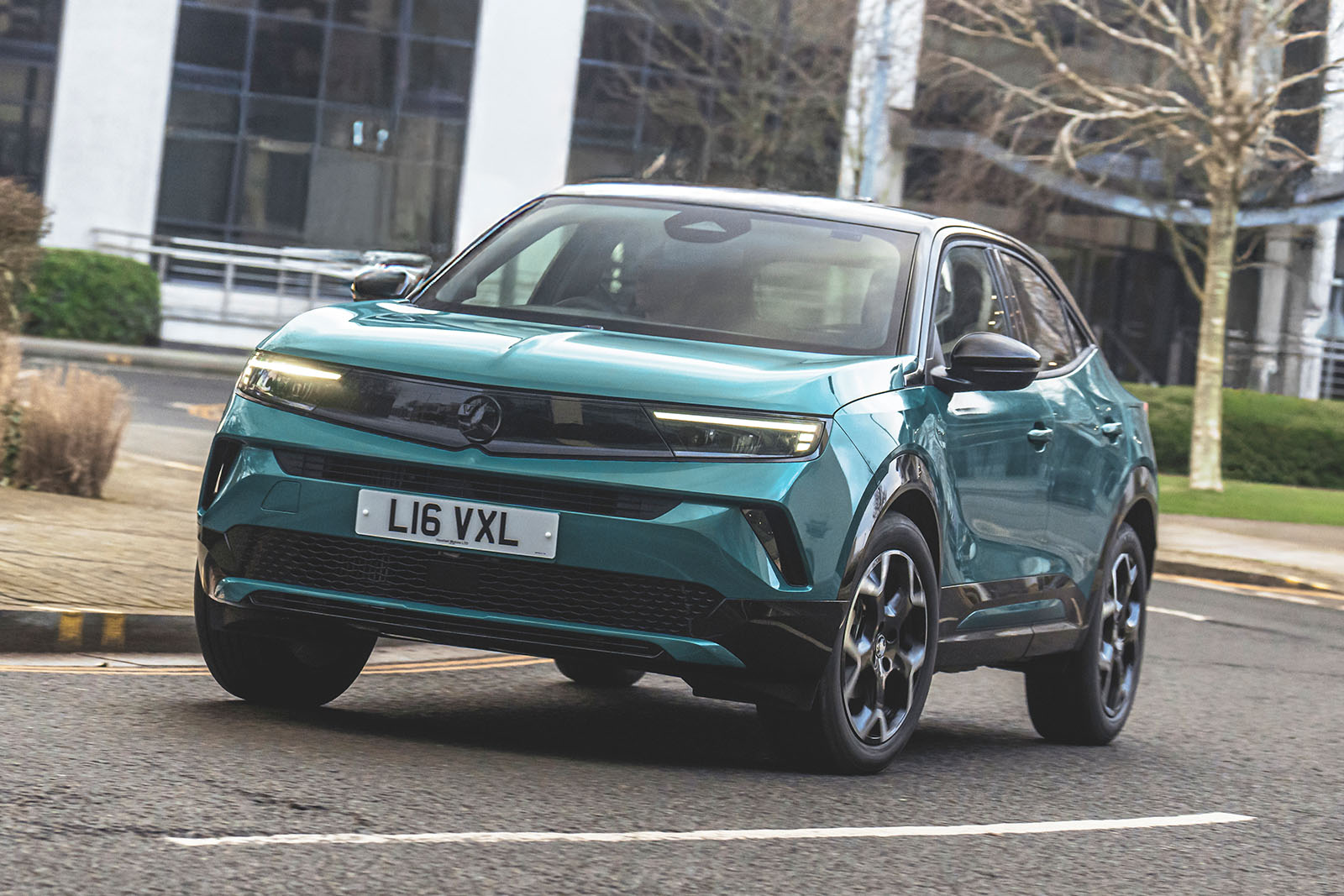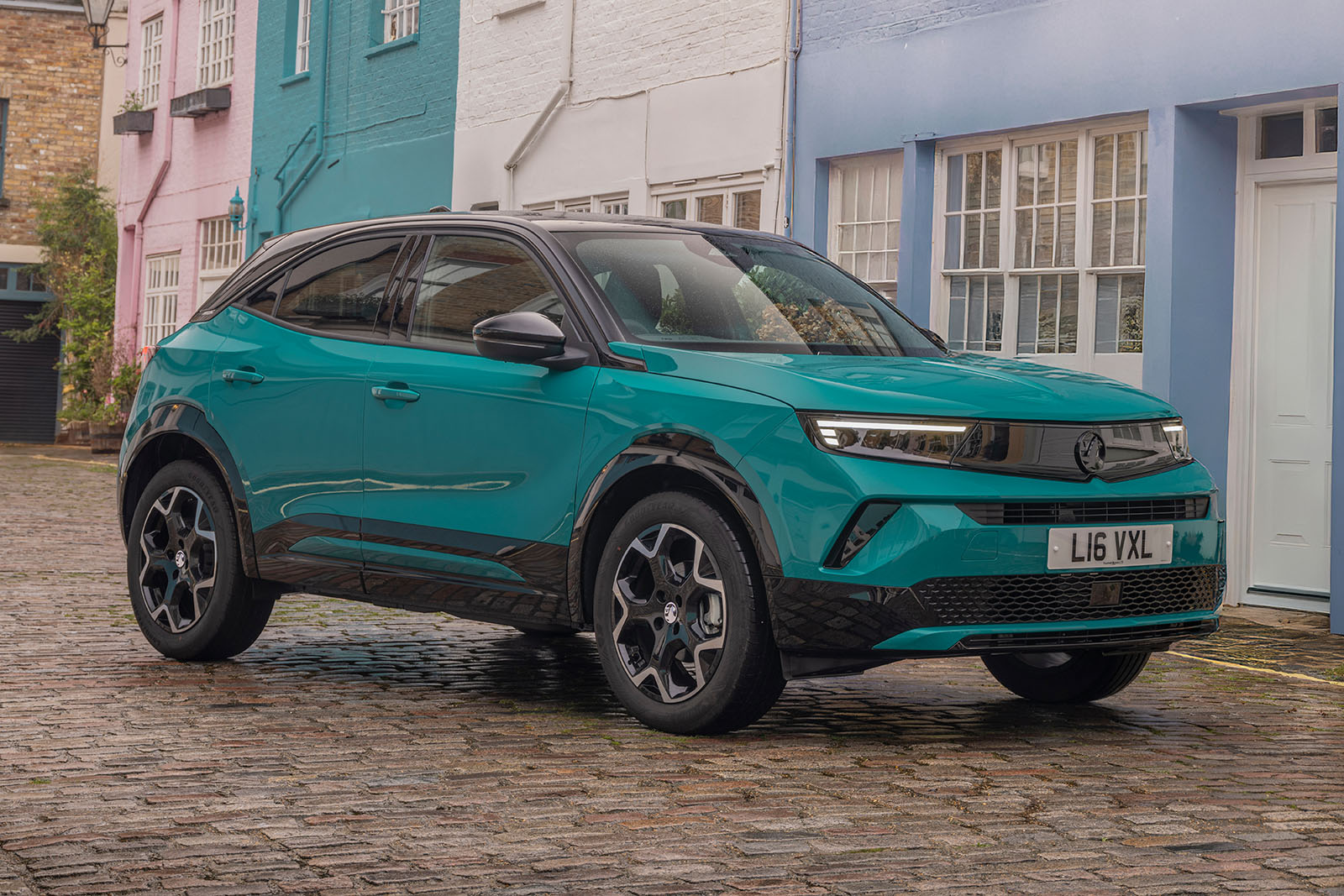As we know, jacked-up superminis like the Vauxhall Mokka can fly off the shelves. The Ford Puma is no stranger to the UK's best-sellers chart and Vauxhall showrooms have managed to shift Mokkas aplenty since the current iteration went on sale in 2021.
It's clearly succeeding in its statement to flex some design muscle and invite people to consider a Vauxhall who might never have before, then. But now that it's been on sale for a number of years, Vauxhall has given it a facelift, albeit a minor one, to keep it competitive.
Specifically, there have been some trim-level revisions, the exterior and interior have received new design touches, the damping and steering have been slightly tweaked, and the Mokka Electric, for which we have a separate review, gets a bigger, 54kWh battery as standard.
With that in mind, how does it stack up against a pool of small SUV rivals that includes the Ford Puma, Renault Captur, Skoda Kamiq, Nissan Juke and Hyundai Kona? Let's find out.
The Vauxhall Mokka line-up at a glance
The engine line-up is fairly simple and largely unchanged from before. You can have a 134bhp 1.2-litre turbo three-pot mated to either a six-speed manual or eight-speed auto, although with the auto it produces 128bhp. There's also a 134bhp hybrid with a six-speed dual-clutch 'box only, as well as the Mokka Electric. The 98bhp version of the 1.2 turbo petrol has been dropped.
Each trim level, whether Design, GS or Ultimate, can be had with any powertrain you like. Every car gets LED lights, rear parking sensors, Apple CarPlay, Android Auto, a 10in infotainment screen and a 10in instrument binnacle. GS trim adds a rear-view camera, more adjustment for the driver's seat, 18in alloys and tinted glass, while top-spec Ultimate gets a heated steering wheel, heated front seats, lumbar support and massage seats.




